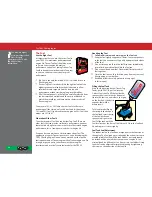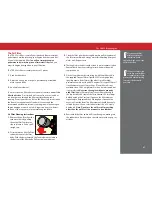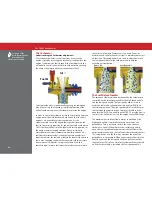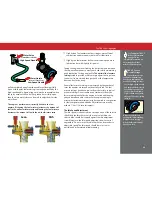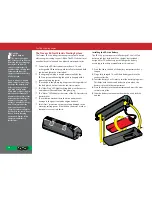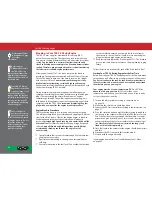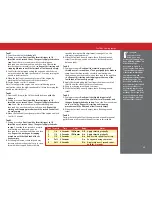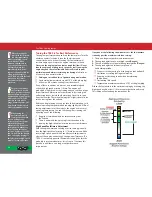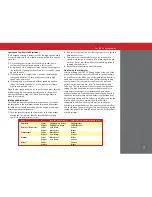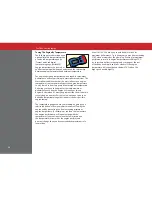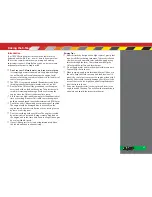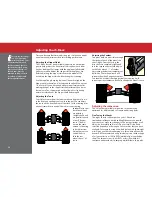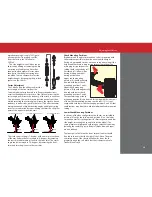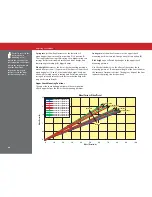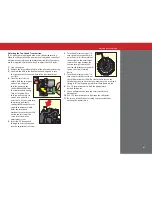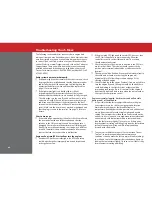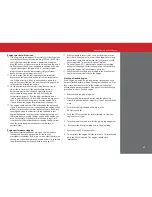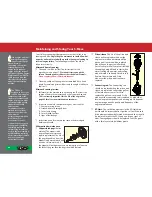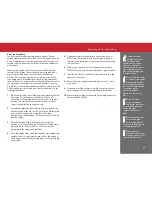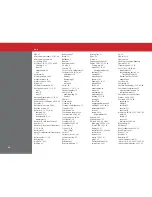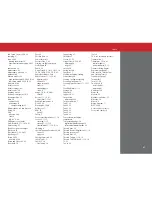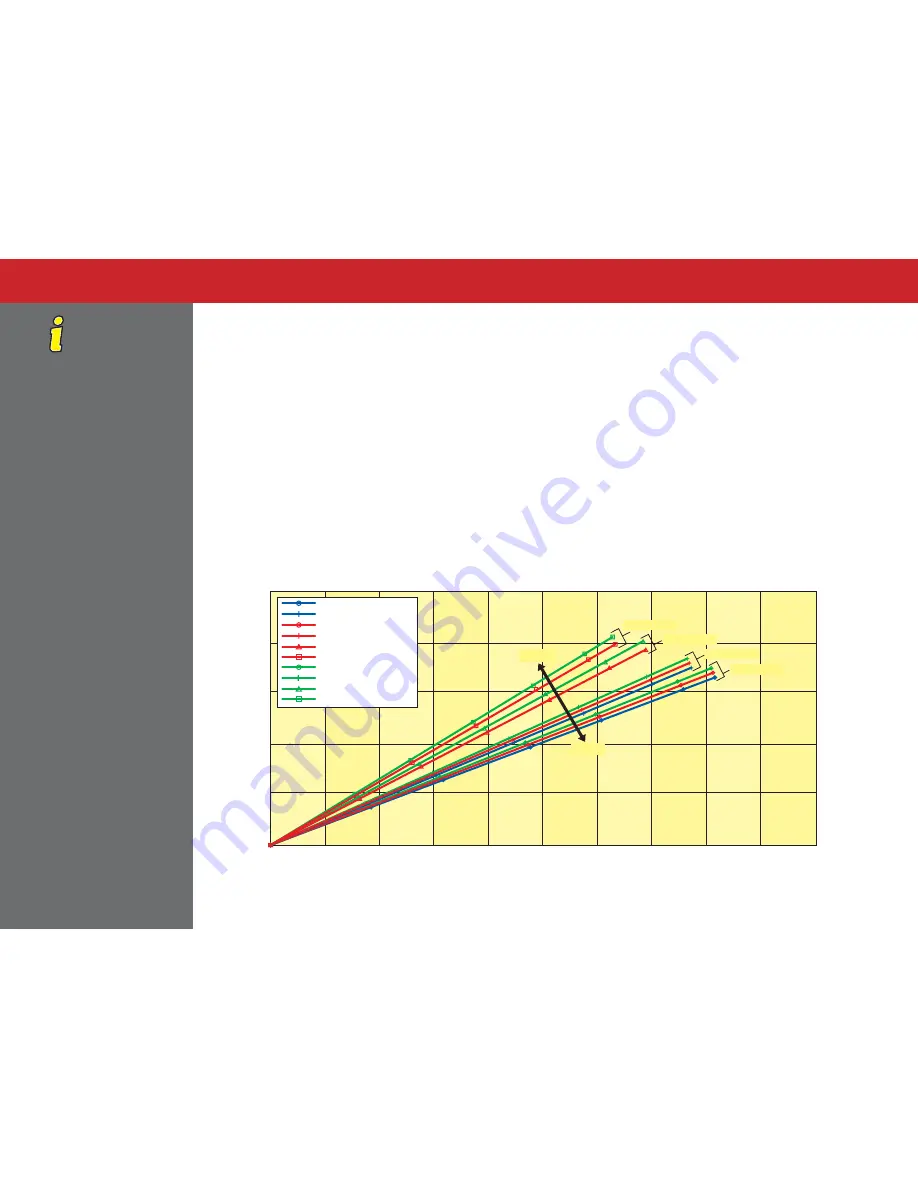
Adjusting Your S-Maxx
Spring rate
(at the wheel) increases as the lower shock
mounting position is moved from position (1) to position (4).
This is equivalent to using stiffer springs. Use higher spring rate
settings for flatter terrain with smaller and fewer bumps, and
lower spring rate settings for bigger bumps.
Ride height
decreases as the lower shock mounting position is
moved from position (1) to position (4). Each pair of lower shock
mounting holes (1,2 and 3,4) has equal ride height. Use lower
ride height for high-speed cornering and flat terrain, and when
racing on relatively smooth tracks. Increase the ride height for
rougher terrain and tracks.
Upper Shock Mounting Positions
The upper shock mounting positions will have suspension
effects opposite from the lower shock mounting positions.
Spring rate
(at the wheel), increases as the upper shock
mounting position is moved from position (A) to position (B).
Ride height
is not affected by changes in the upper shock
mounting position.
Use the chart below to see the effect of the various shock
mounting positions. The horizontal length of the lines indicates
the amount of suspension travel. The angle or slope of the lines
indicates the spring rate (at the wheel).
40
For easier access to the
rear-most shock
mounting screw,
remove the one end of the
rear turnbuckle. In the front,
remove the suspension pin
from the lower front
suspension arm to gain
easier access to the lower
shock mounting screws.
2.5
2
1.5
1
0.5
0
0
10
20
30
40
60
70
80
90
100
50
Wheel Force (lb)
Wheel Travel (mm)
Wheel Force vs. Wheel Travel
Lower Mount 1, Upper Mount 0
Lower Mount 2, Upper Mount 0
Lower Mount 1, Upper Mount A
Lower Mount 2, Upper Mount A
Lower Mount 3, Upper Mount A
Lower Mount 4, Upper Mount A
Lower Mount 1, Upper Mount B
Lower Mount 2, Upper Mount B
Lower Mount 3, Upper Mount B
Lower Mount 4, Upper Mount B
Less Firm
More Firm
Lower Mount 4
Lower Mount 3
Lower Mount 2
Lower Mount 1

